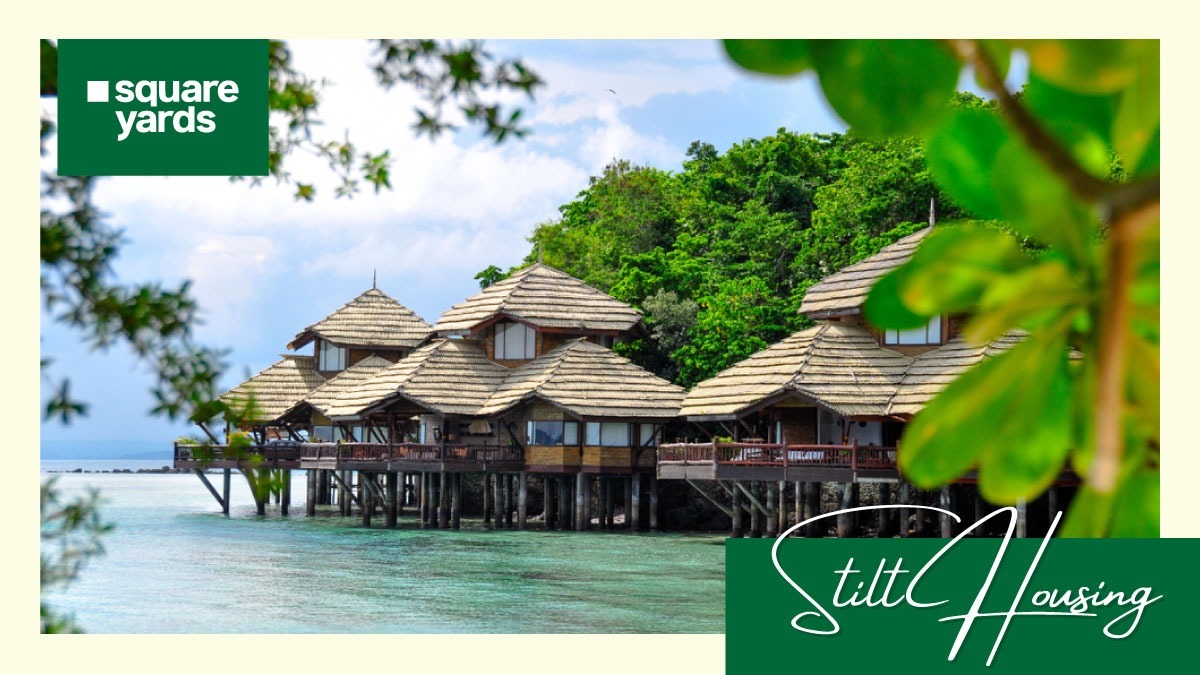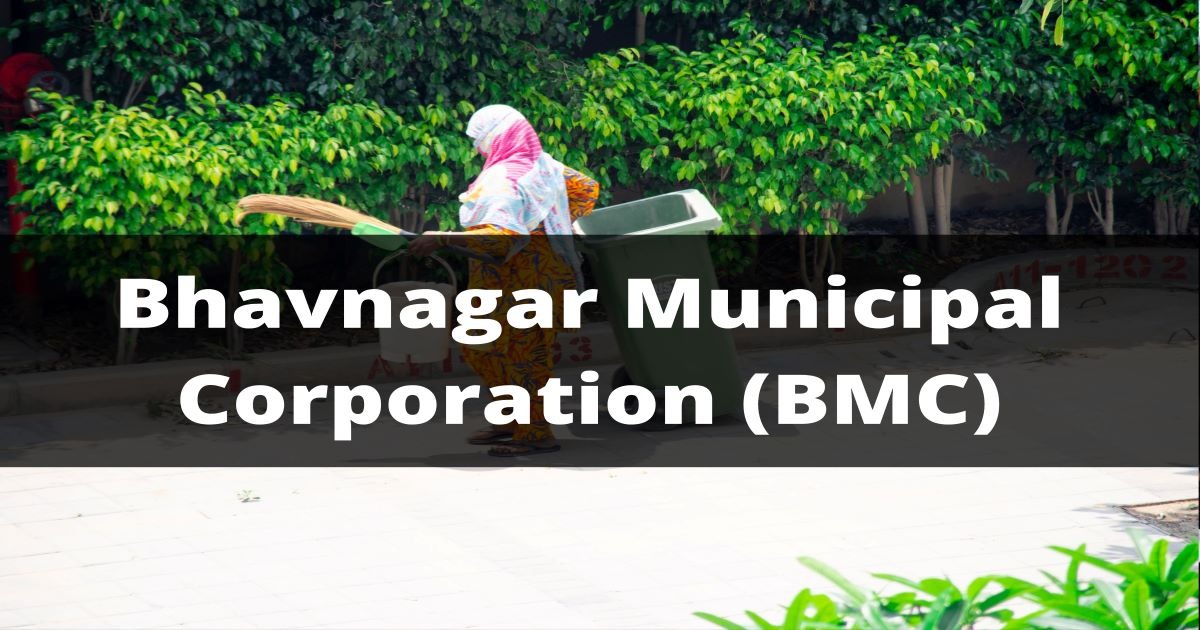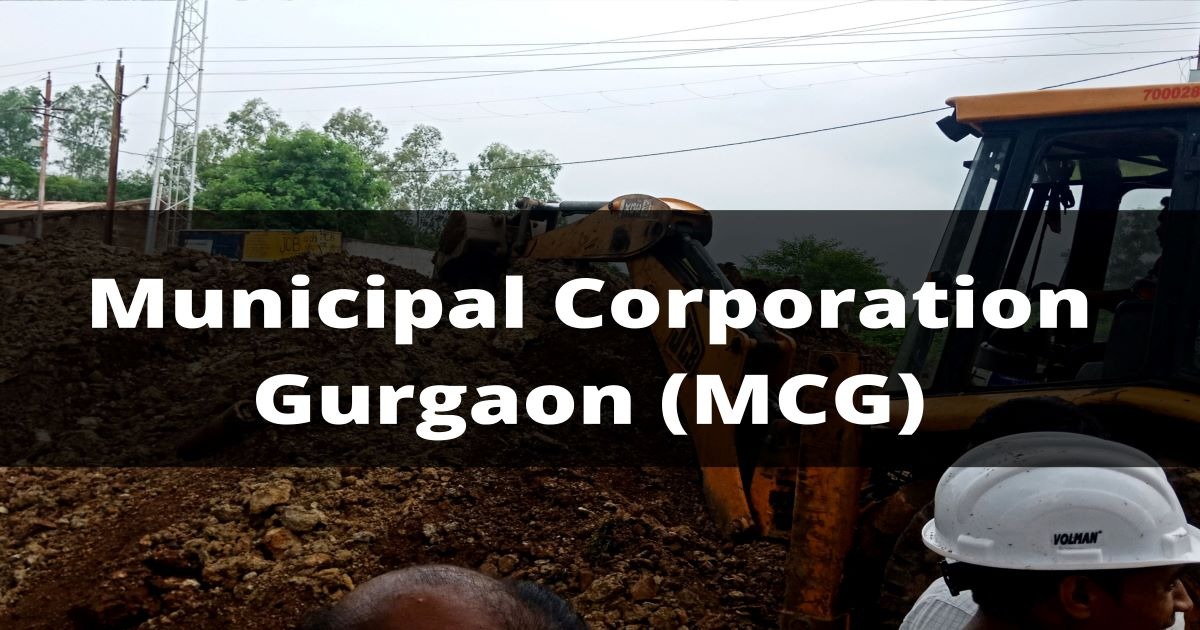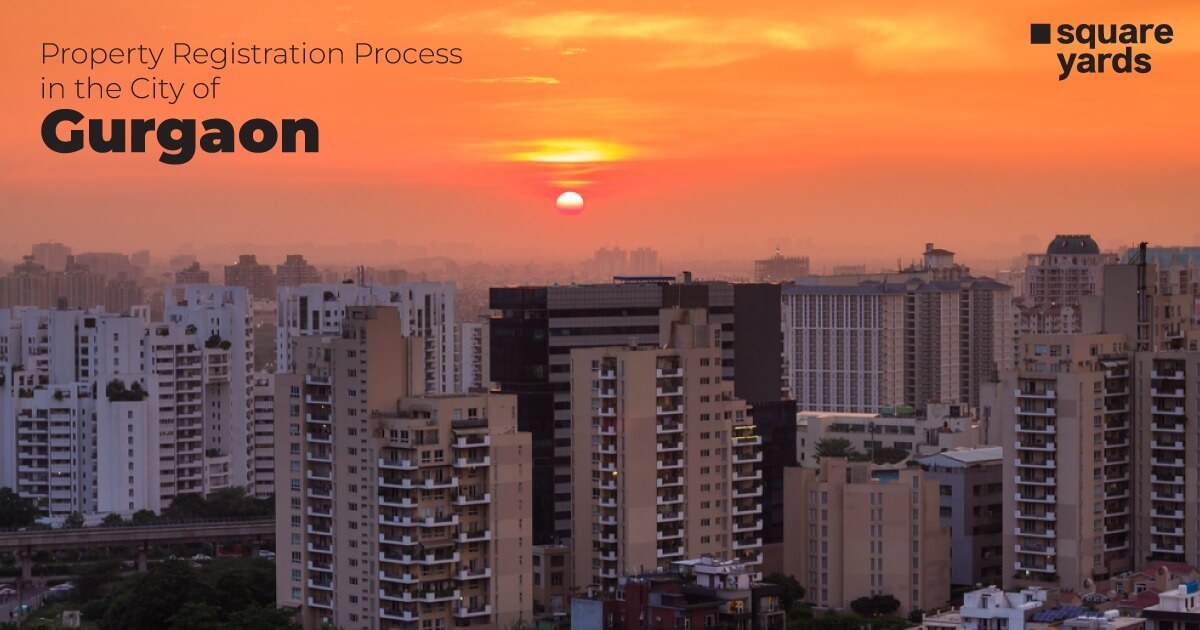With all of the craziness in the world that’s going on today and the rising temperature, even in the Antarctic, more people than ever are escaping the cities and going back to nature. While some choose to live completely off-grid, others invest in vacation homes in coastal and mountain regions. If you are one of the latter, you must consider owning a stilt home.
Typically constructed to protect homes against flooding, stilt homes offer a plethora of design possibilities. The lofty structures above the ground allow you to wake up to stunning views and breathe in the fresh air every morning. Not just that, there are many other benefits of living in stilt houses.
Table of contents
What is a Stilt House?
Stilt houses are built on elevated platforms. They are raised above the soil’s surface or a body of water and are primarily found in countries with tropical climates. Besides a distinctive structural design, they offer protection against floods and allow homeowners to live and thrive on steep, unstable or rocky lands. They also help keep out animals and pests, offer additional ventilation and reduce a house’s ecological footprint.
Benefits of Building Stilt Houses
There are merits and demerits attached to every building decision, but the benefits of stilt houses are both visually appealing and practical. Every homeowner wants a solid home that will last for years to come, and these houses are an ideal choice. Look at the benefits below.
Ventilation
Stilt houses remain cool in the heat and allow circulation from all sides. Unlike normal homes, they offer air circulation from underneath the house, which also helps reduce energy bills.
Stability
The dry space underneath the house can store goods, chores, parking vehicles, and conducting other essential activities.
Privacy
Due to its elevation, a stilt house offers additional privacy and peace to spend your days in tranquillity.
Other Uses
Besides being perfect for areas prone to floods or high rainfalls, they can also be constructed on non-flat and hilly terrains.
Different Types of Stilt Houses
In most parts of the world, stilt houses are used as permanent homes. But in a few places, they are also treated as waterfront homes for leisure activities. And since these houses are not new in architecture, you would find them in different kinds. The most popular types include:
Kelong
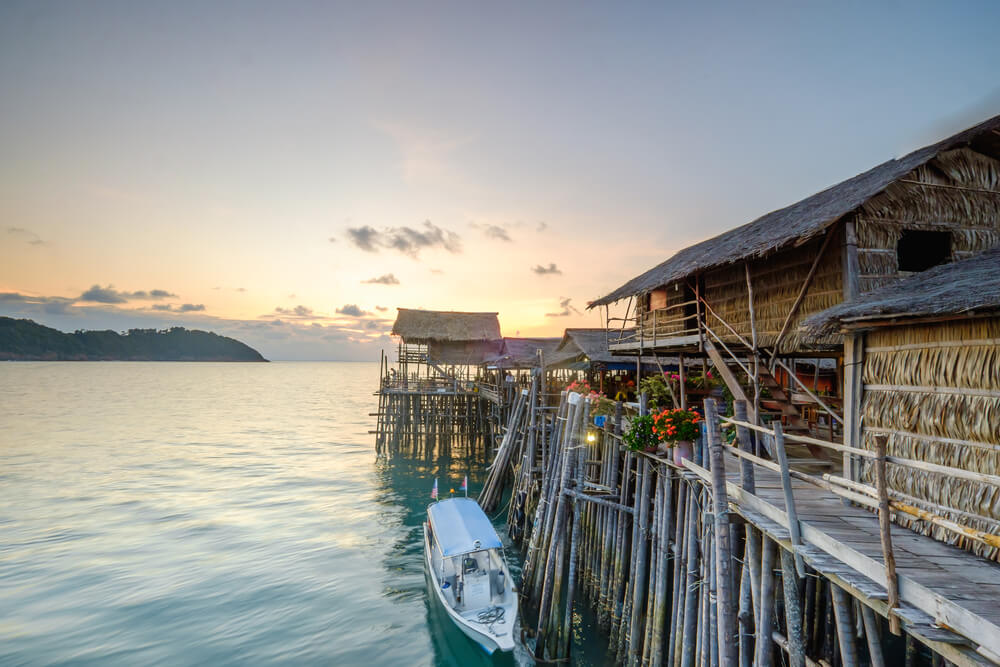
These stilt houses are built primarily with wood and bolstered by wooden poles or tree trunks. It is probably the oldest of all kinds, and primarily they were built by fishermen for fishing purposes. You will find them in the Philippines, Indonesia, and Malaysia waters and only a few in Singapore because of early urbanisation.
Palafito
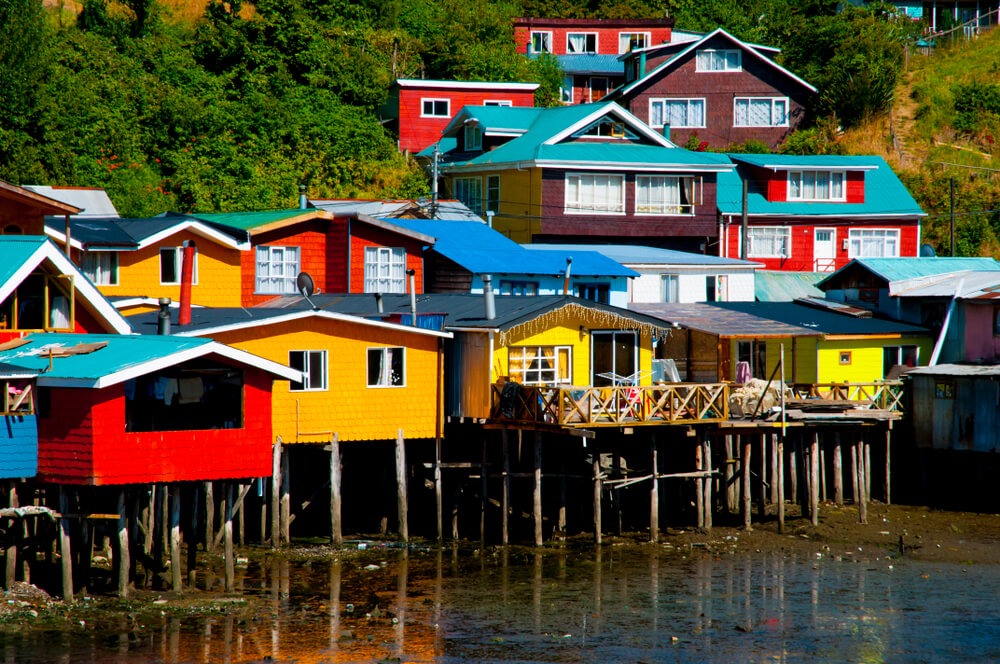
Palafitos is a Spanish word for houses on stilts. Since the pre-Columbian era, these stilt houses have been predominantly found in South America. You will also find them in huge numbers on Chiloé Island in Chile. They were built to protect against hostile neighbours and animals on the edges of ponds, rivers, and other wetlands.
see also@ Demand for Independent Homes spikes in 2021
Pang Uk
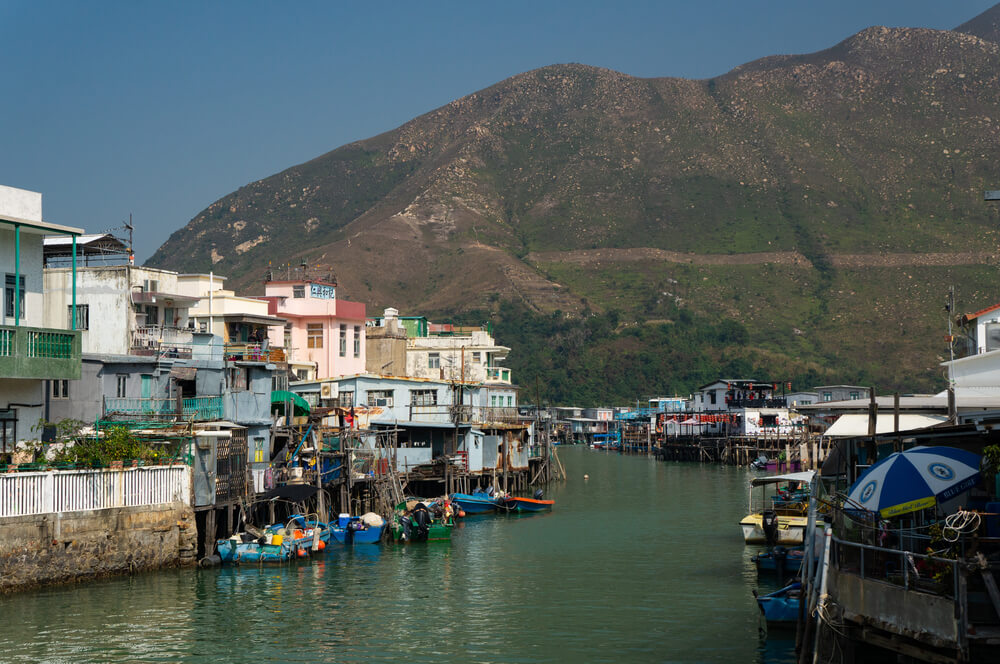
Pang Uk is the term used for stilt houses in Hong Kong. Constructed on small beaches and water, you will find them in abundance in Hong Kong’s Tai O, Lantau Island. Many were destroyed due to an unfortunate fire hazard in Tai O but were later rebuilt, keeping modern-day needs in mind. Like Kelongs, these stilt houses were also constructed by fishermen when they started residing on the land.
Thai Stilt Houses
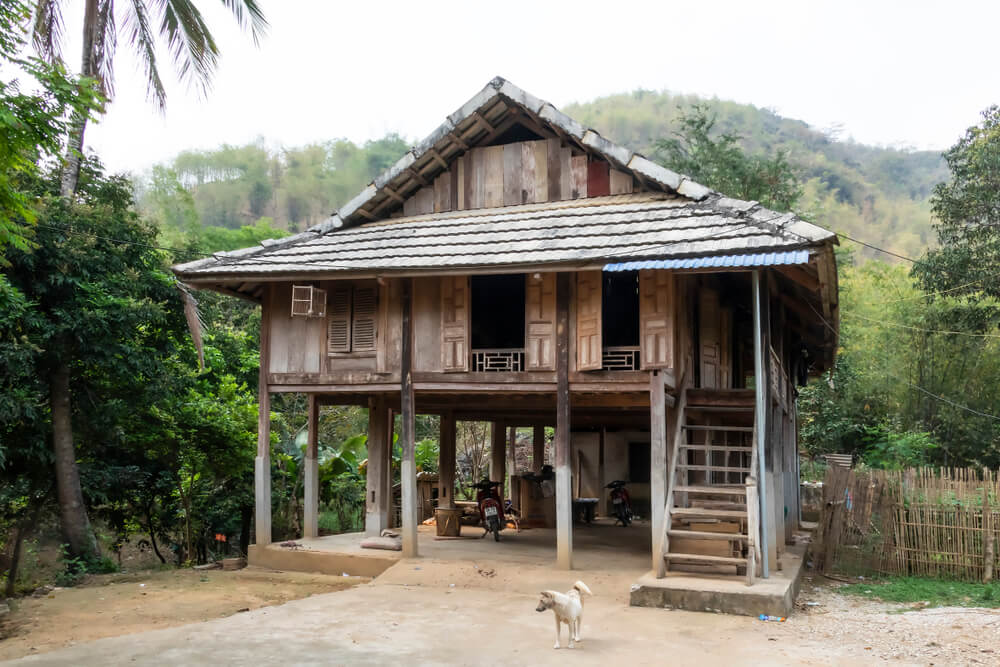
Traditional Thai Houses or stilt houses feature a selection of traditional architectural styles used across various regions of Thailand. These elevated homes have a wooden or bamboo structure and a steep but triangular roof. The history of these houses goes long back to when people in Thailand didn’t even know how to build homes. And while Thailand has developed for good, people in the country still use these stilt houses for family activities such as welcoming a newborn, ceremonies for worshipping ancestors and more.
Examples of Stilt Housing Across the Globe
Stilt houses date back to prehistoric times. However, they have recently resurfaced in people’s minds thanks to Matthew Pratt’s proposal in Dezeen’s 2021 Redesign the World competition.
Those planning to own one of these must consider taking a look at this collection of stilt houses worldwide.
House on Elevated Stilts in Florida
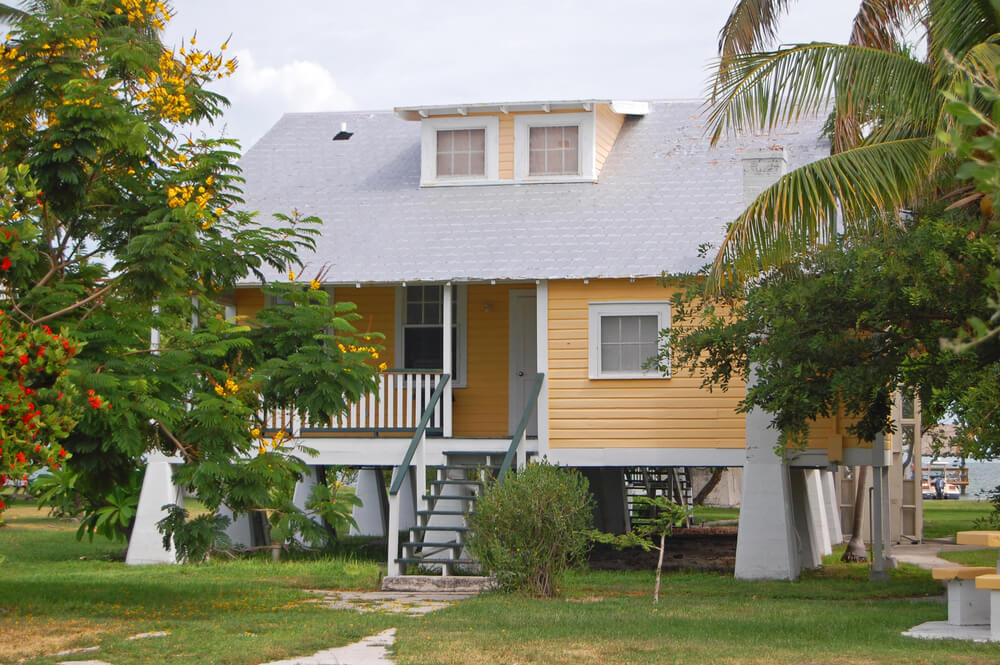
Florida is known for offering a higher risk of hurricanes. To mitigate the danger, houses on the southern coast are built on stilts. Take this house located in the Florida Keys, for instance. It looks like a typical American house at one glance. But when you look closely, you would notice the stilts. It is the perfect example of an elevated house that blends minimal structural design with the local style of homes in the area.
Bamboo House in Indonesia
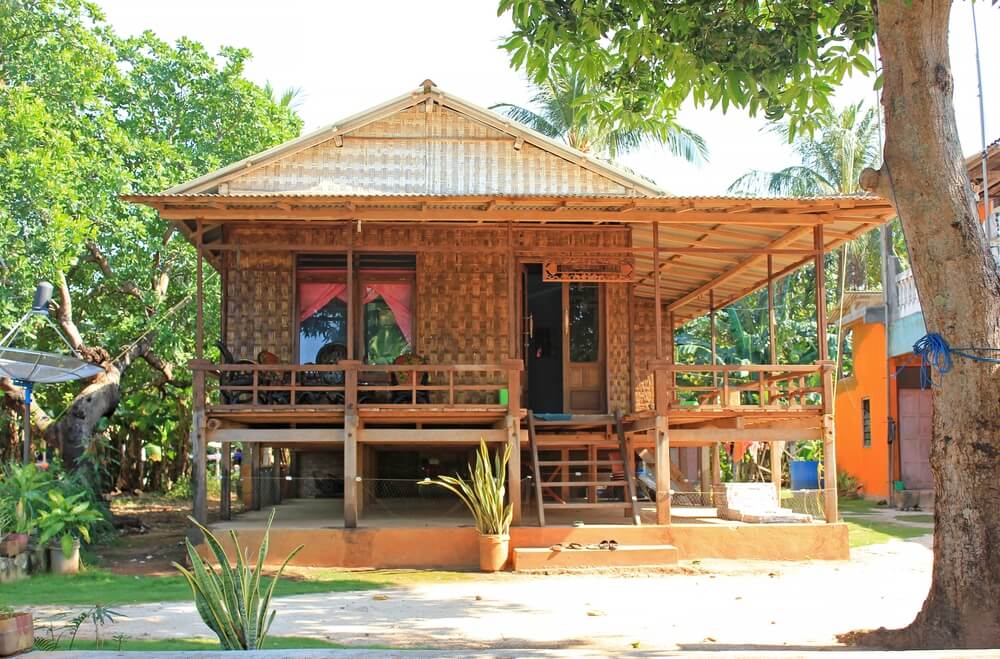
This woven bamboo house, located amidst greenery, is in Karimun Java, an Indonesian archipelago in the Java Sea. Also known as Indonesia’s Watery Wonderland, the area features many other houses like these. Although traditional-looking, these houses are super strong and are designed to sustain damage.
Traditional Timber House in Australia
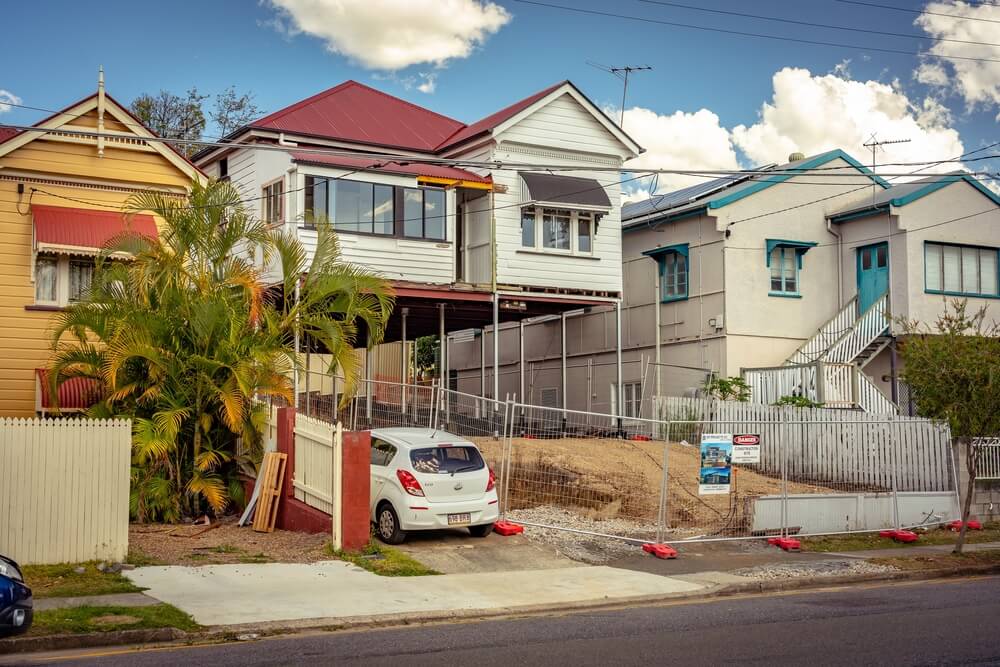
Most of the original homes in Australia’s Queensland are built on raised platforms.
The area is previously referred to as Queenslander; the area comprises a range of stilt homes, as displayed in the image above. The timber poles of these houses are pushed deep into the soil to support the house and ensure maximum stability.
Bungalow in the Caribbean Sea, Panama
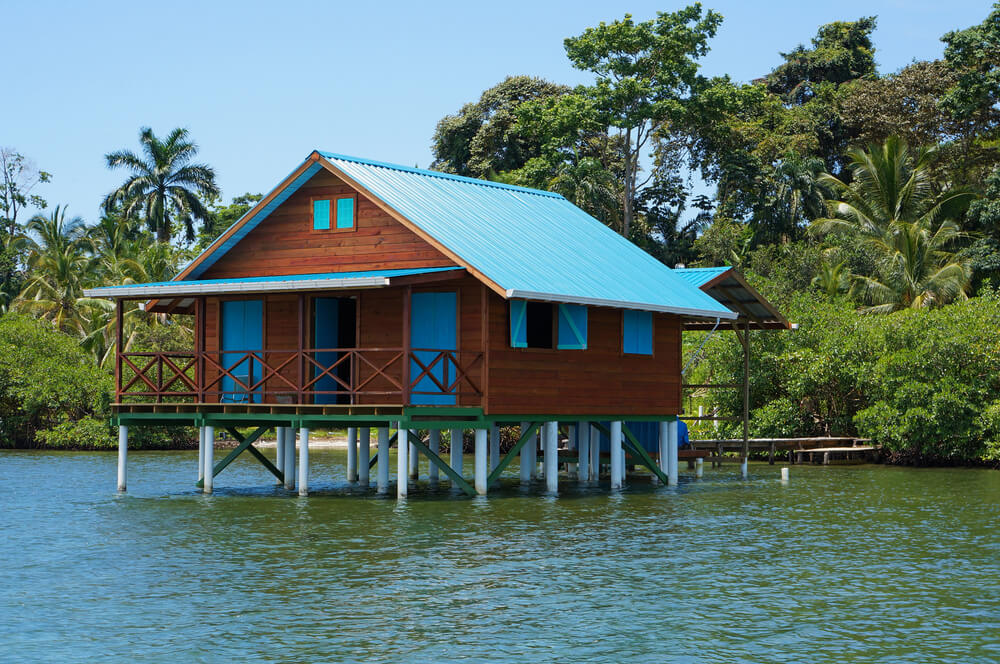
This house, or rather a bungalow, is built over the Caribbean sea waters in Panama. It oozes holiday vibes and makes you feel like escaping to nature. With the gorgeous blue sea at the front and a jungle setting in the back, this redwood stilt house is a sight to behold.
Hồ Chí Minh’s Stilt House in Vietna
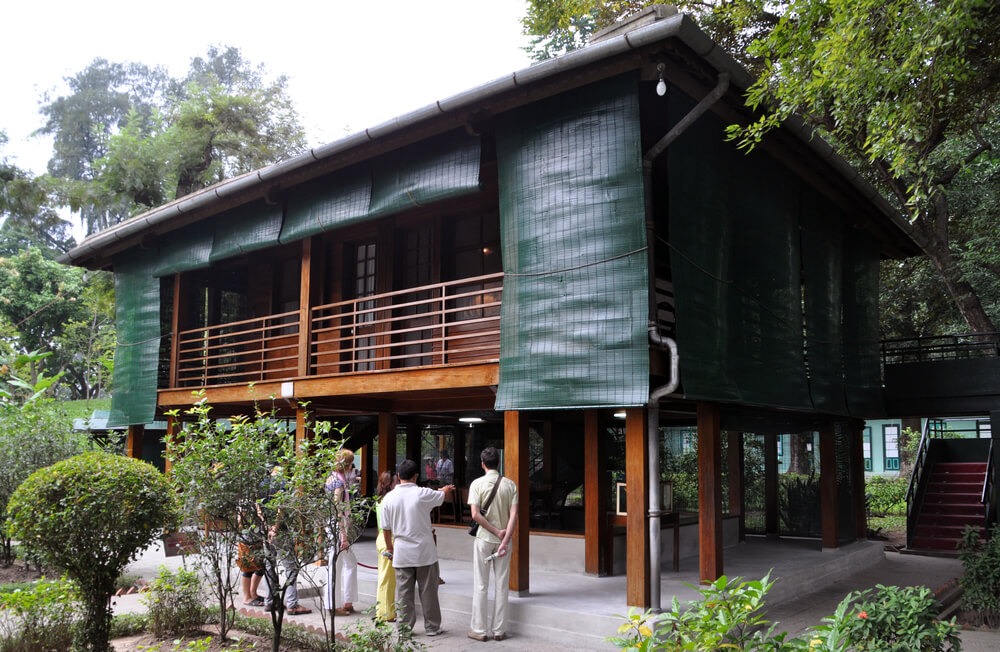
Yes, even the former president of North Vietnam resided in a stilt house. Iconic in every way, this house is huge. It is built around a garden with fruit trees, hibiscus, flame trees, frangipani and willows. Since the wet season affects Vietnam, the president’s house was built several meters above the ground to withstand flooding. If you are ever in Vietnam, visit Hồ Chí Minh’s stilt house. It is open for public viewing and gives you a taste of the traditional countryside life in Vietnam.
see also @ 10 Amazing Decluttering Tips For Your Home
Stilt Homes – The Next Best Thing in Architecture?
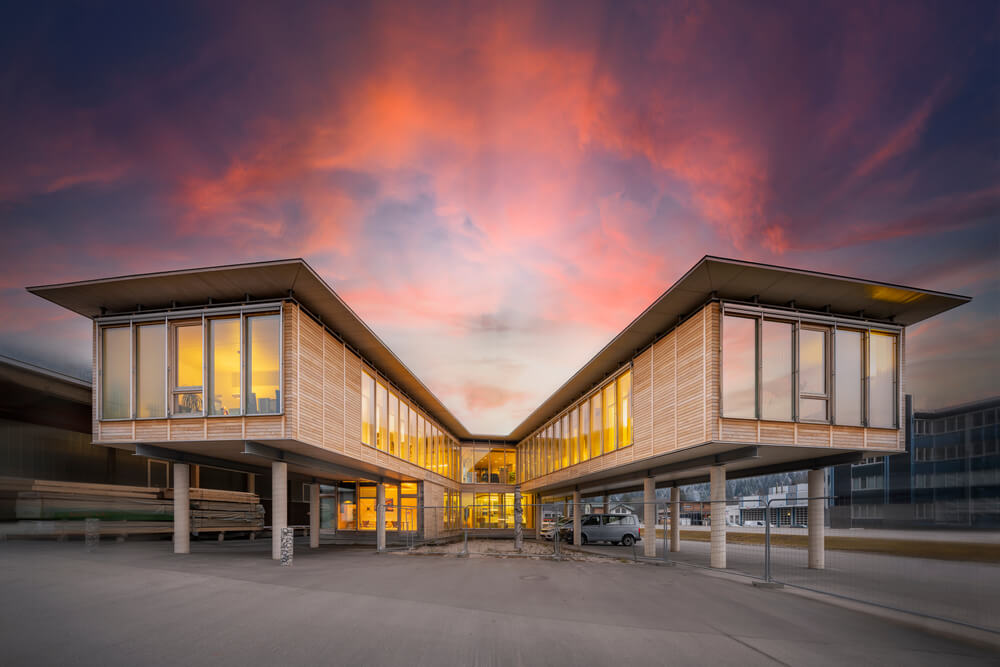
We are living in 2022, a time when innovation and creativity know no bounds. Along with rapid technological advancements, we also see architectural developments. Stilt housing is a huge part of that development. And you know what the best part is? These houses bring us closer to nature.
Today, when something as simple as opening a window to let the fresh air in has become complicated, stilt housing can help us build a sustainable relationship with nature.
With elevated housing going through a global revolution, it won’t be wrong to conclude that stilt homes are the house of the future.


